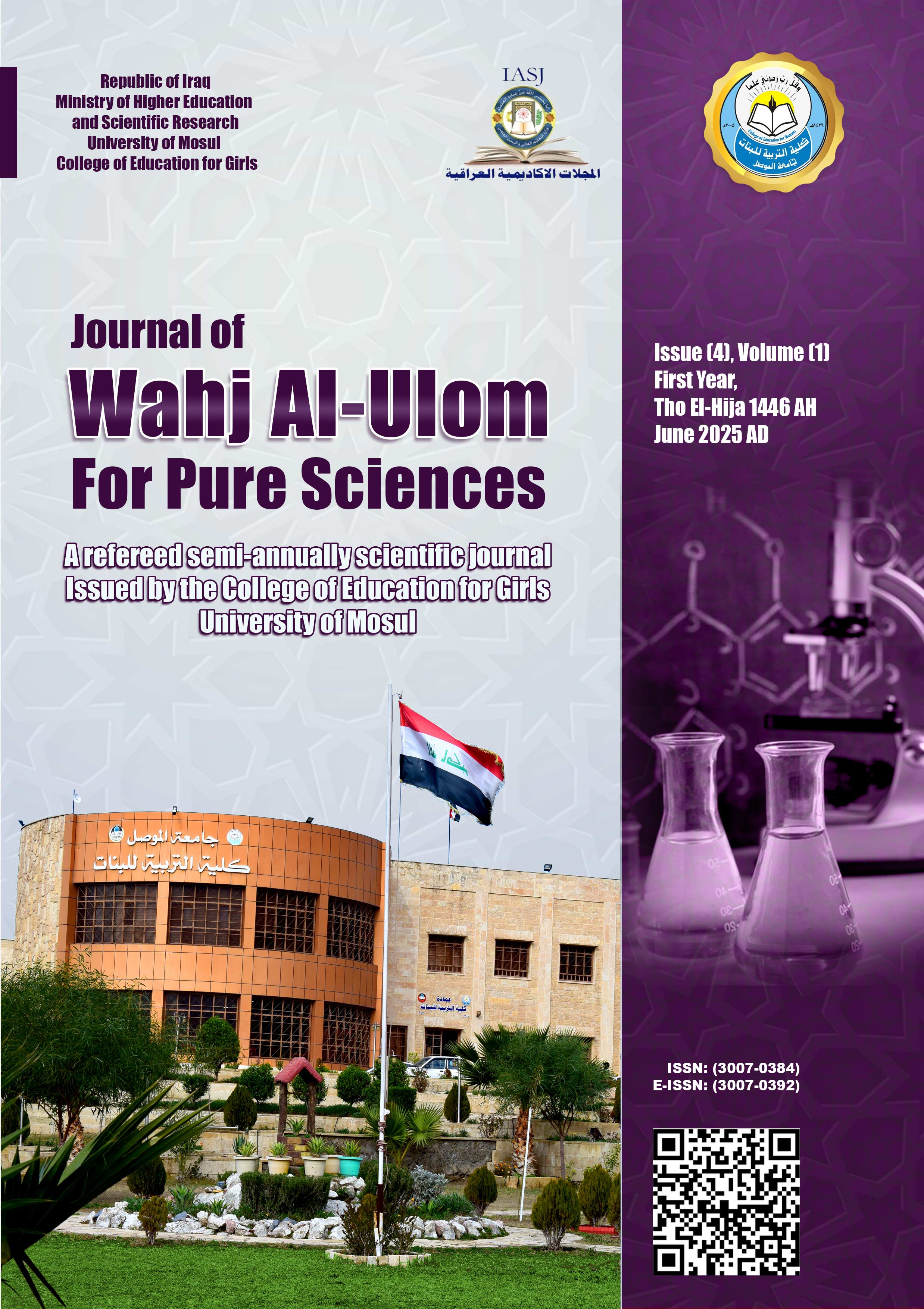Effect of heavy metal water pollution on the metabolic pathway of phenolic compounds in some microalgae species
Published
Aug 9, 2025Abstract
Microalgae constitute a group of organisms characterized by their wide diversity, whether in form or classification, as well as in metabolic processes. These organisms are rich in multiple secondary metabolites of great biological importance, which may be either intracellular or extracellular, and among these metabolites are phenolic compounds. This study addressed the ability of two genera of microalgae Chlorosarcinopsis eremi and Dictyosphaerium.sp isolated from Mosul city sewage water to produce phenolic acids and the effect of heavy elements (Cr, Cu, Ni) on the ability of the above-mentioned microalgae to produce this productivity. There was a difference between the two genera in the productivity of phenolic acids, as the genus Dictyosphaerium.sp had the ability to produce Gallica acid, Rutina acid, Caffeic acid, chlorogenic acid, Qurcetine acid, and Luteolin acid. The genus Chlorosarcinopsis eremi had the ability to produce phenolic acids (Gallica acid, Rutina acid), Apigenin acid, Ferulic acid, Qurcetin acid).


